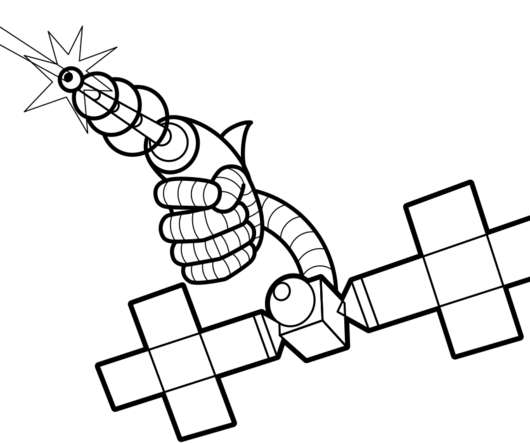Renewable hydrogen fuel being studied for the Port of Seattle
Green Car Congress
DECEMBER 1, 2021
Two studies—led by a team from Seattle City Light, Pacific Northwest National Laboratory (PNNL), and Sandia National Laboratories—are exploring the potential of shifting from fossil fuel to clean hydrogen as fuel to power medium-and heavy-duty vehicles. million DOE award, $150,000 City Light = $1.5 million project total).
















Let's personalize your content